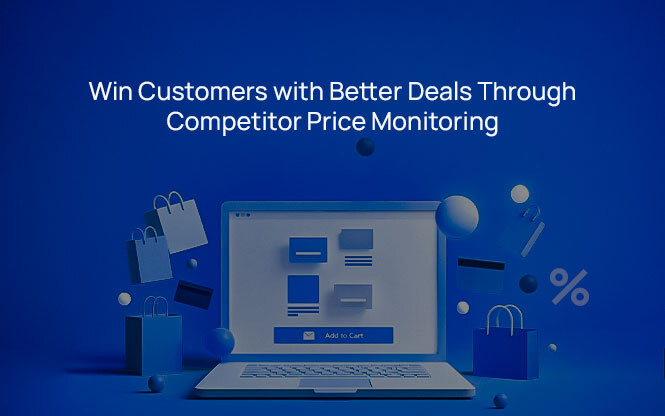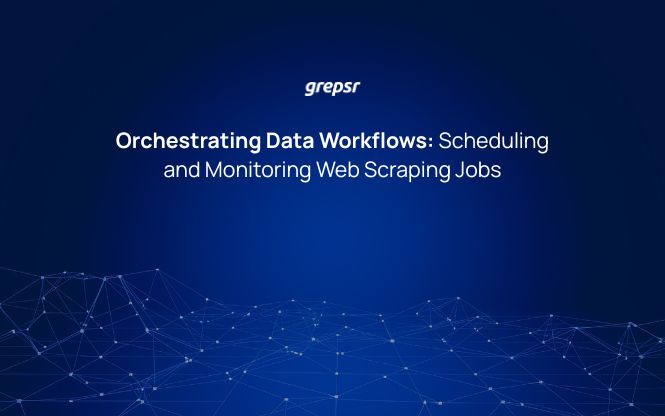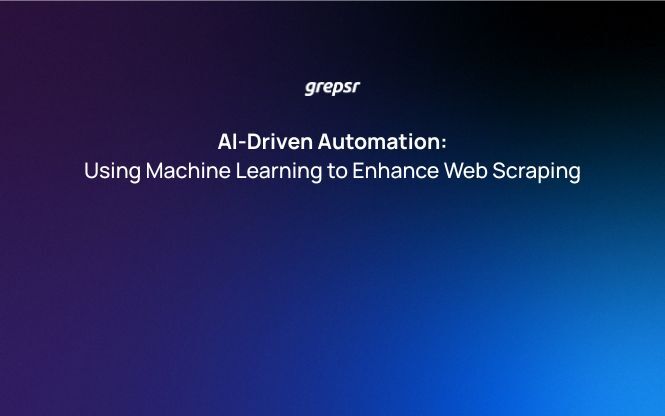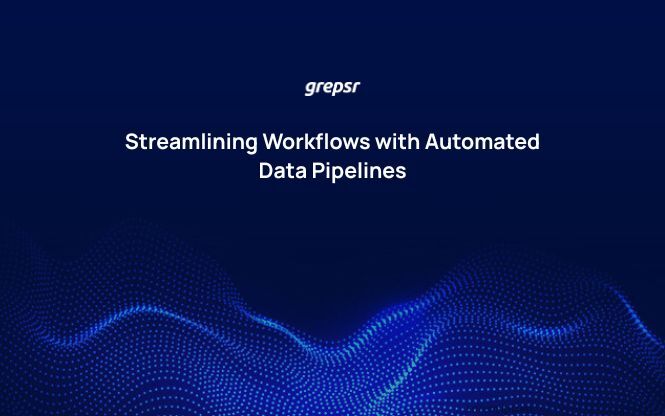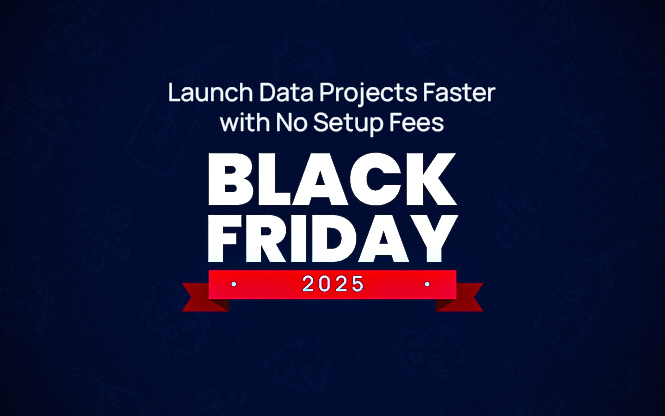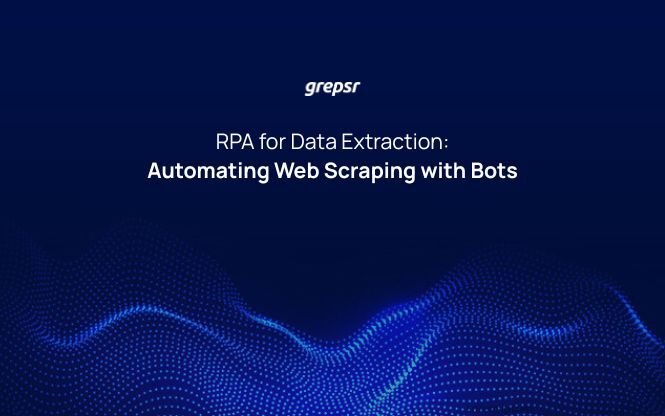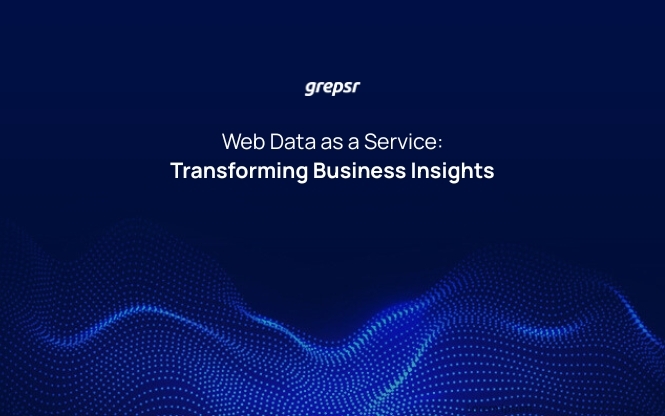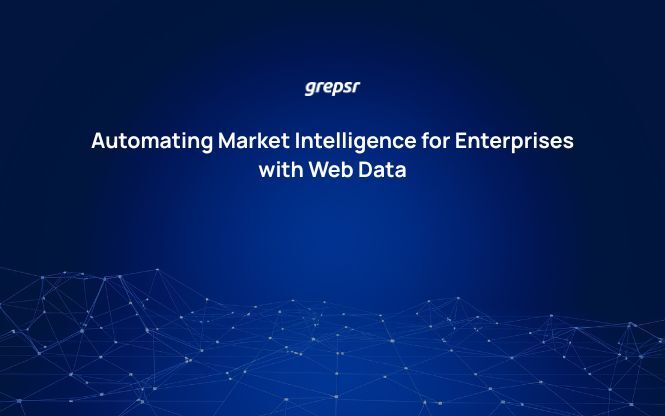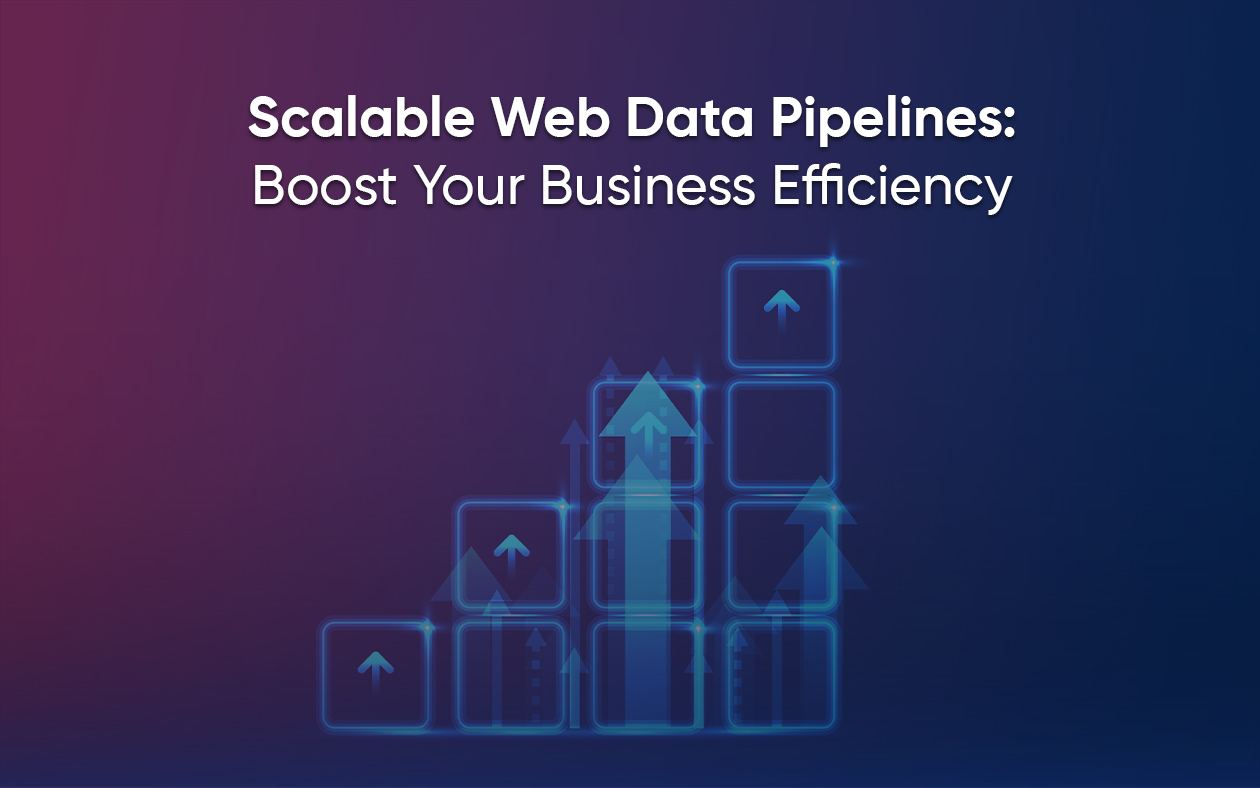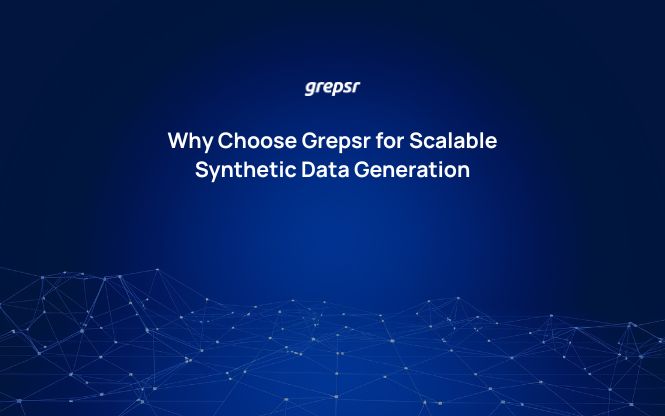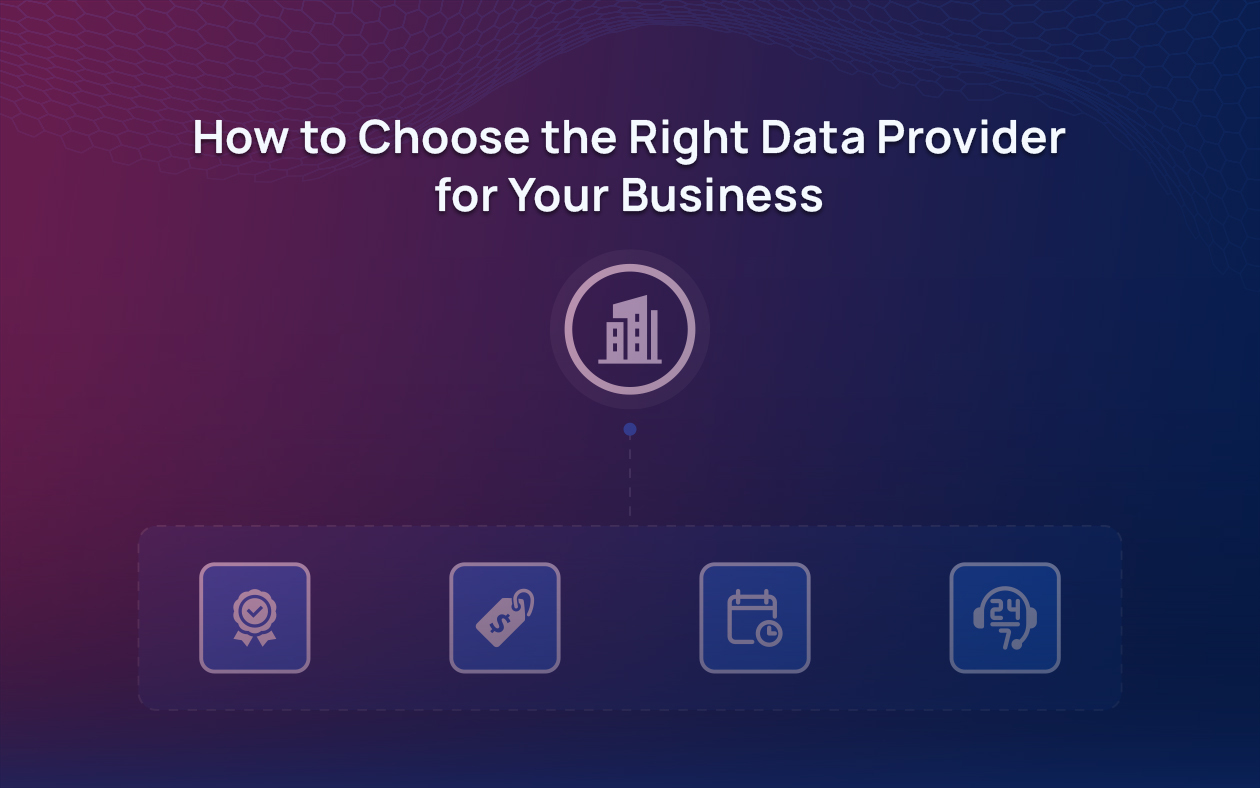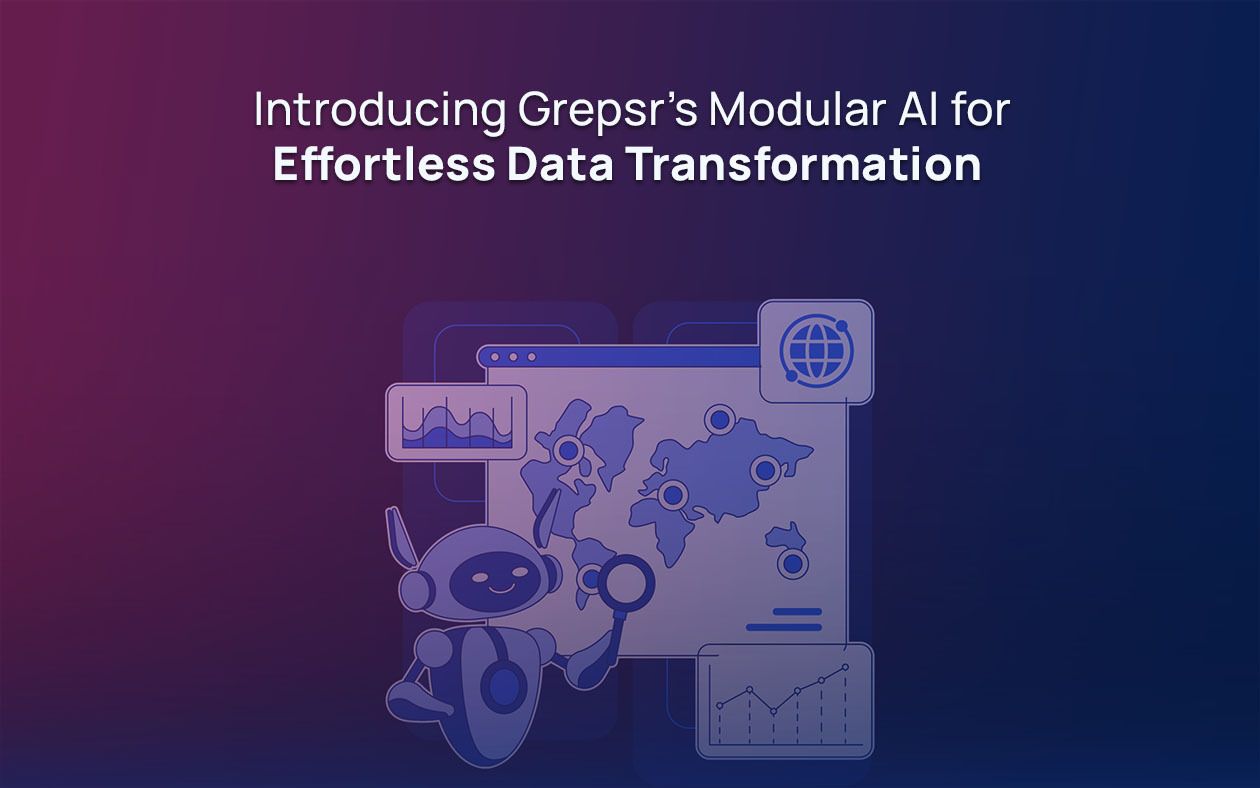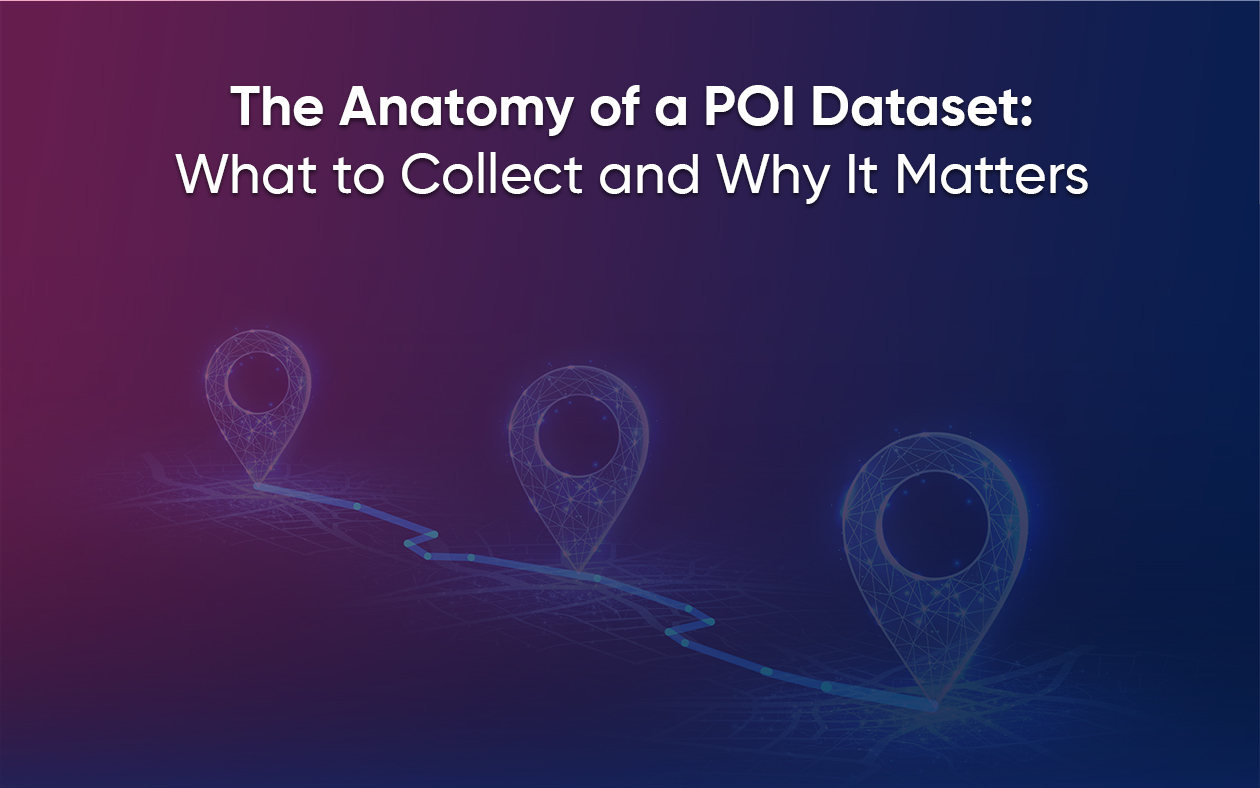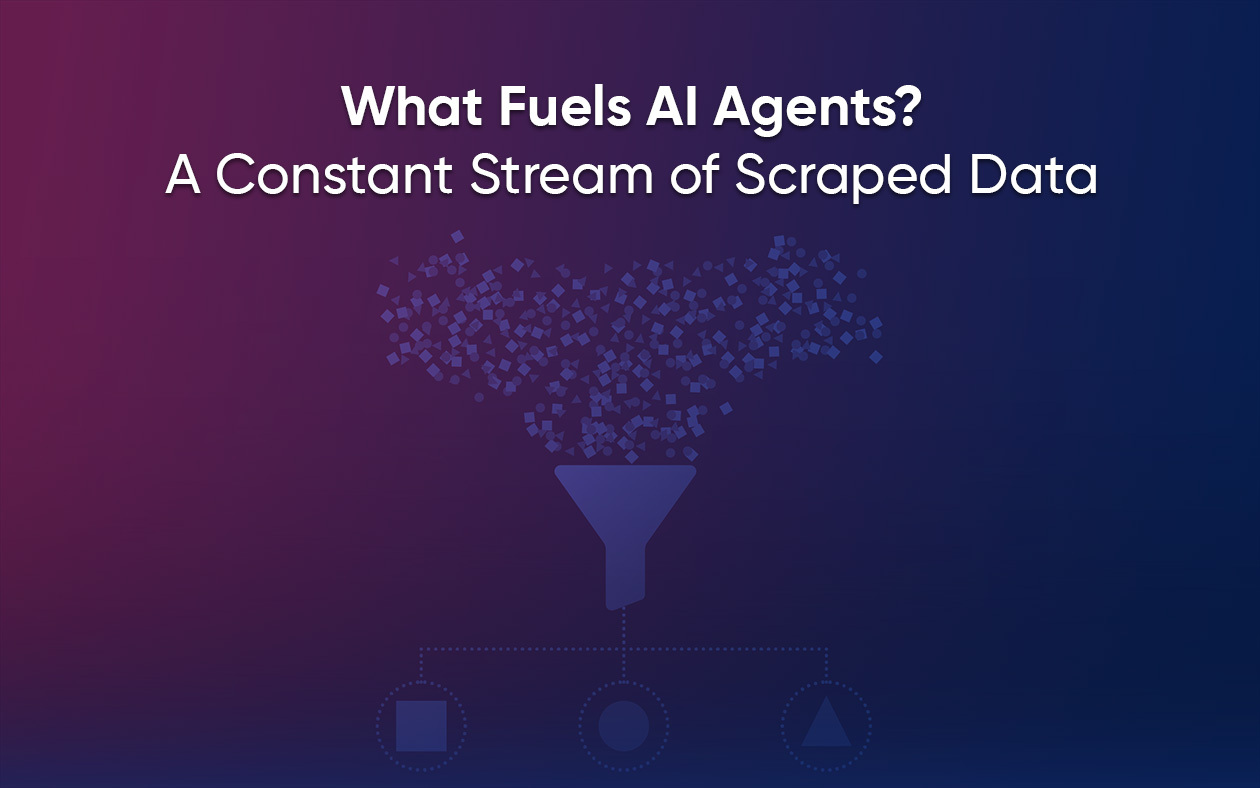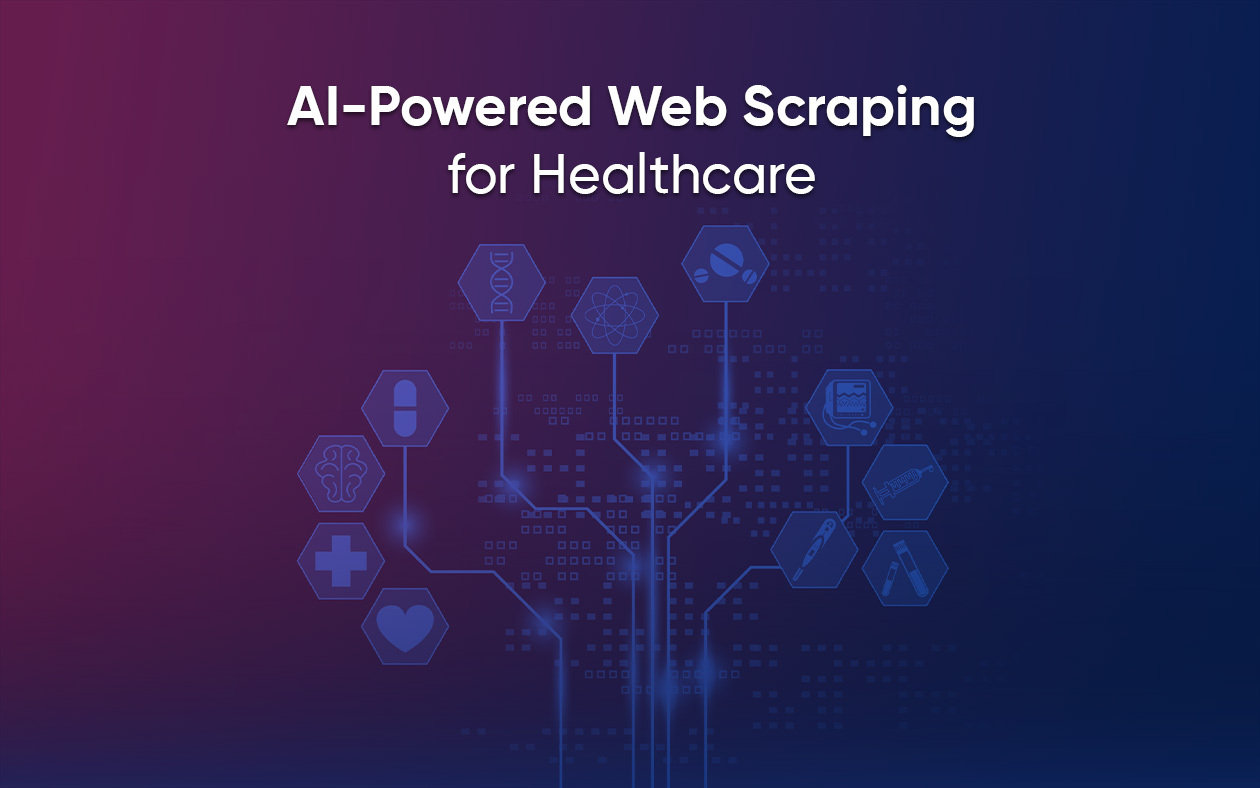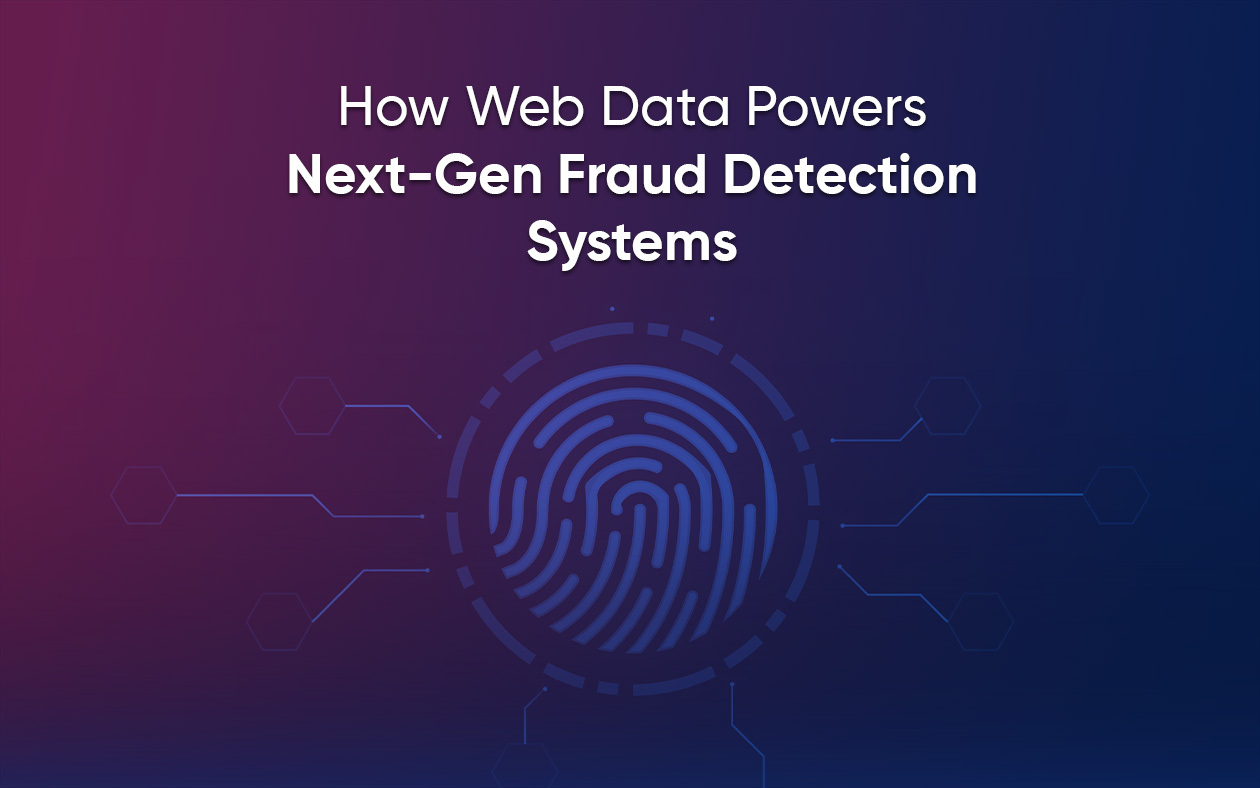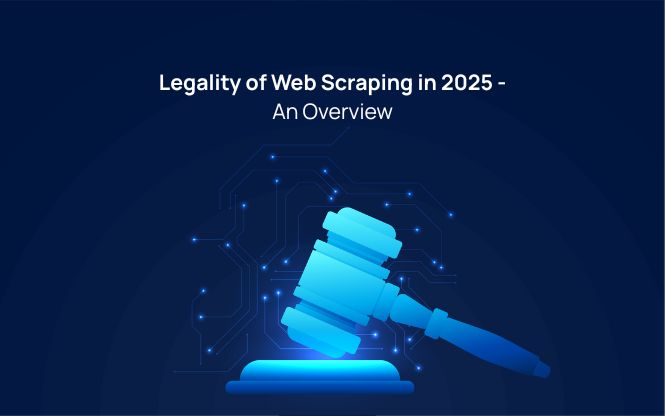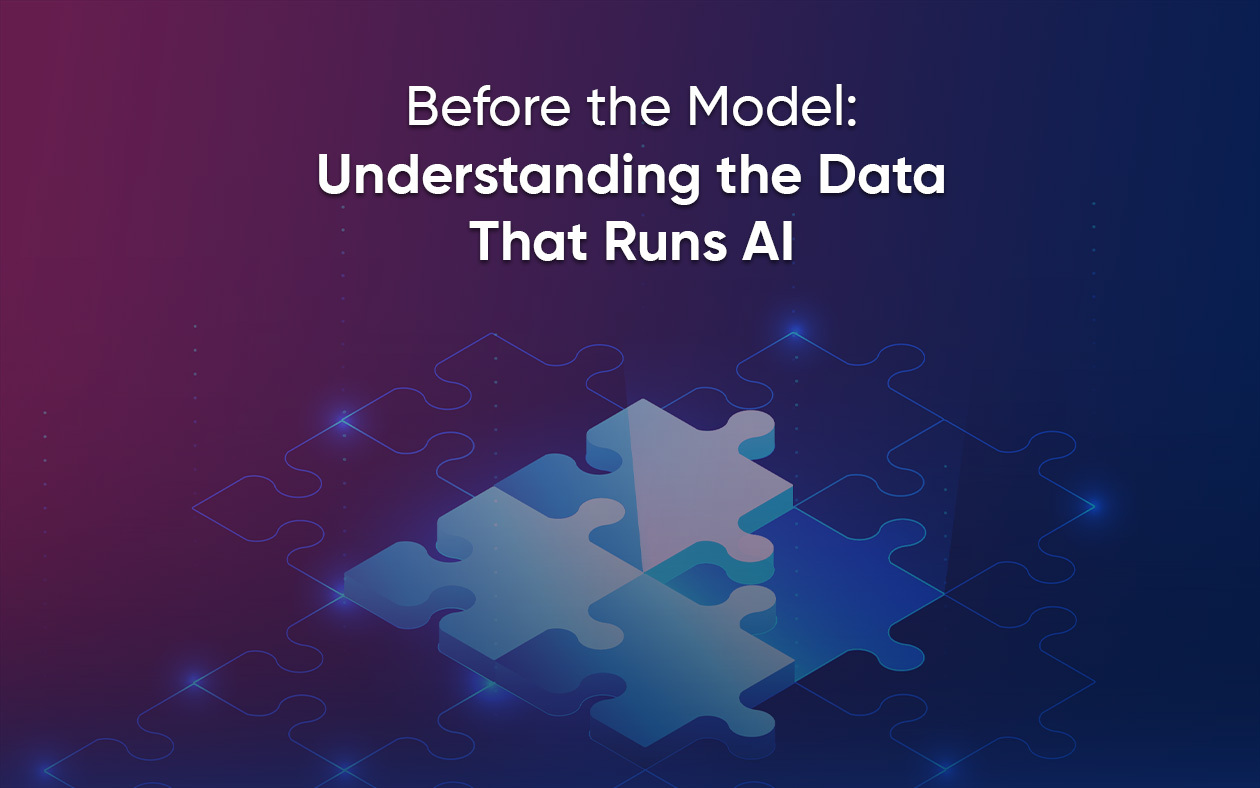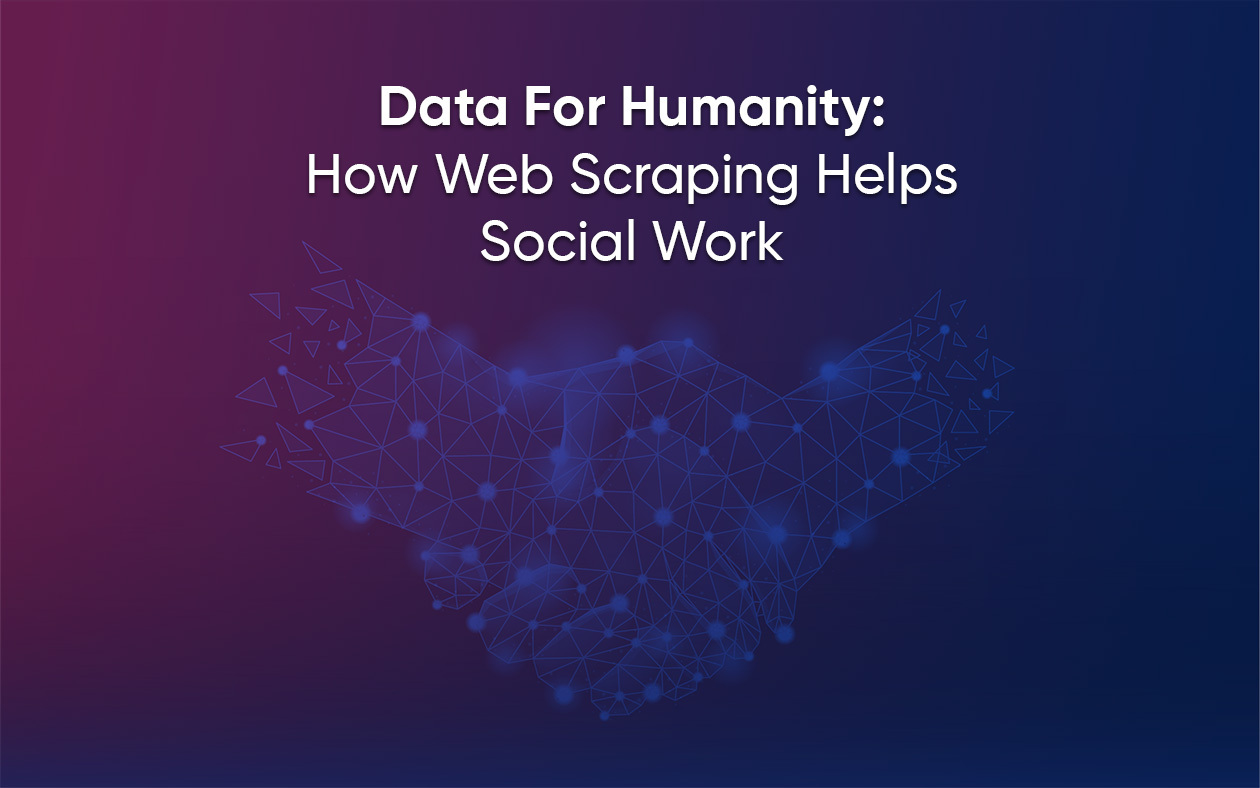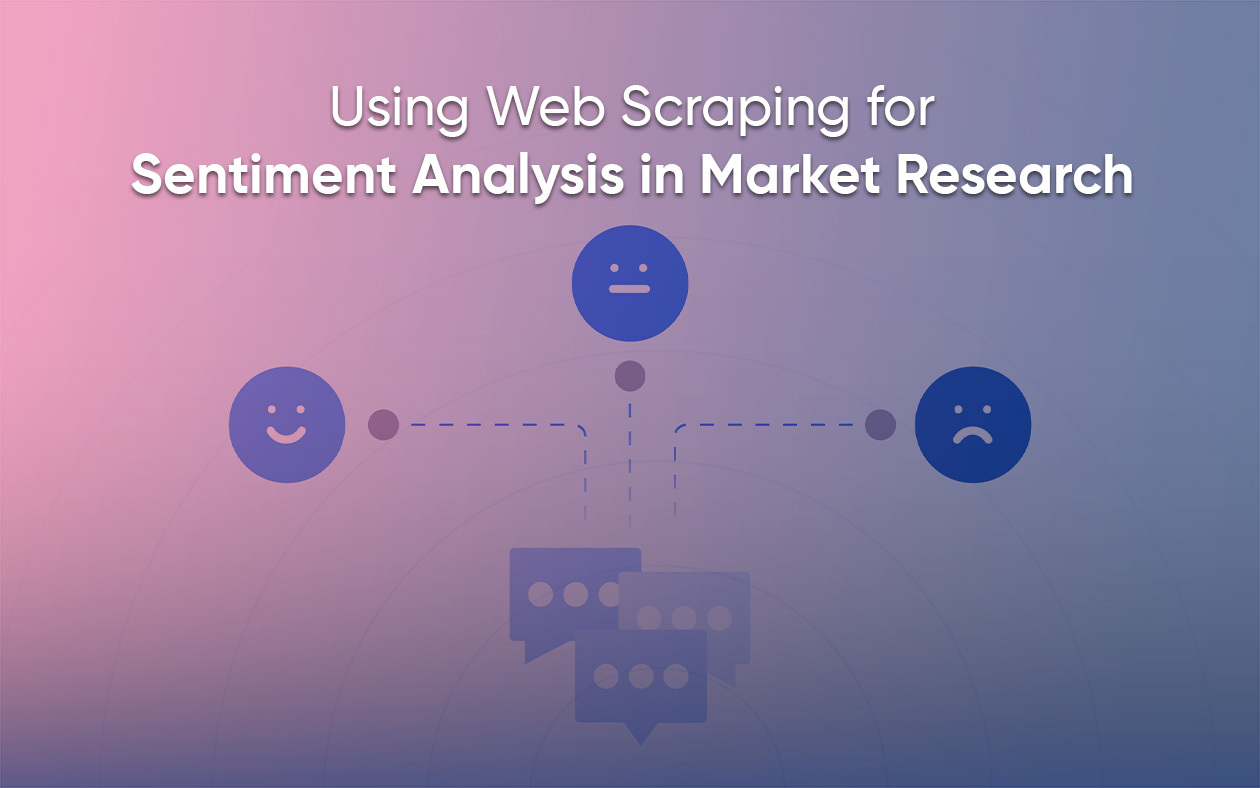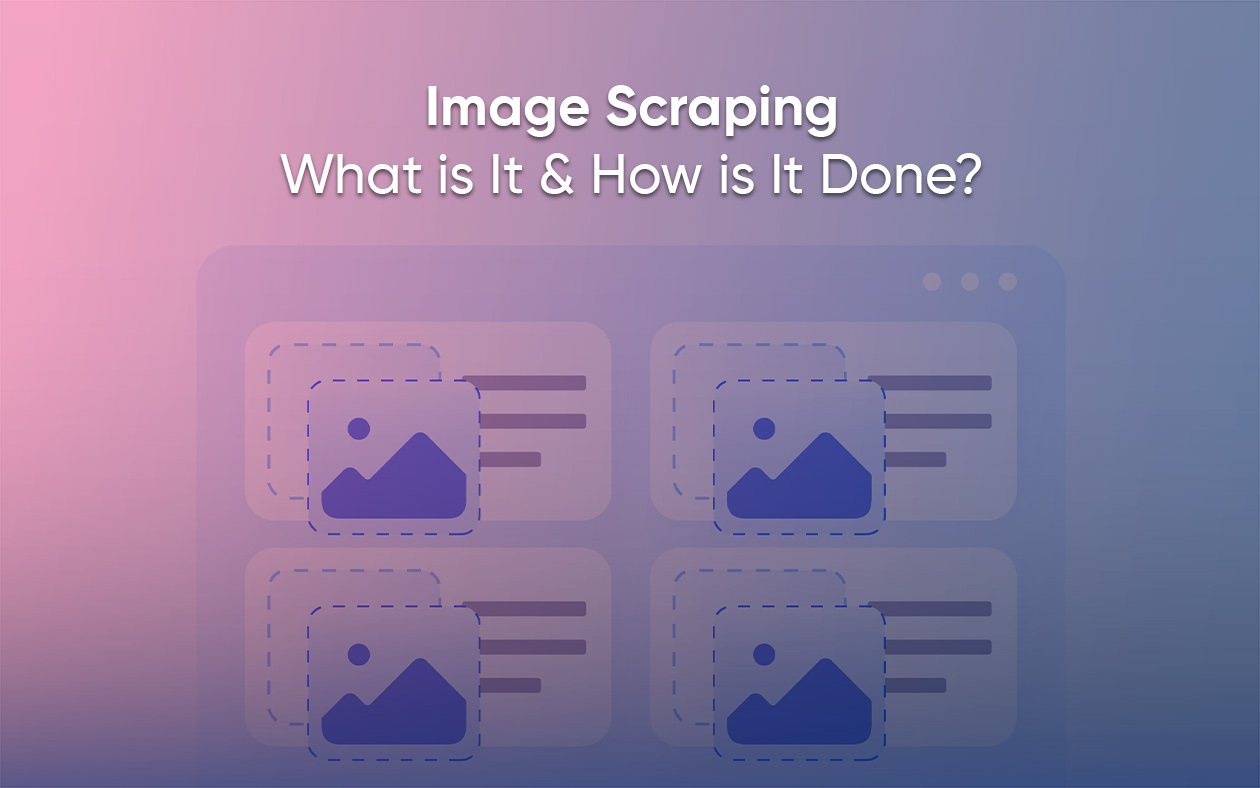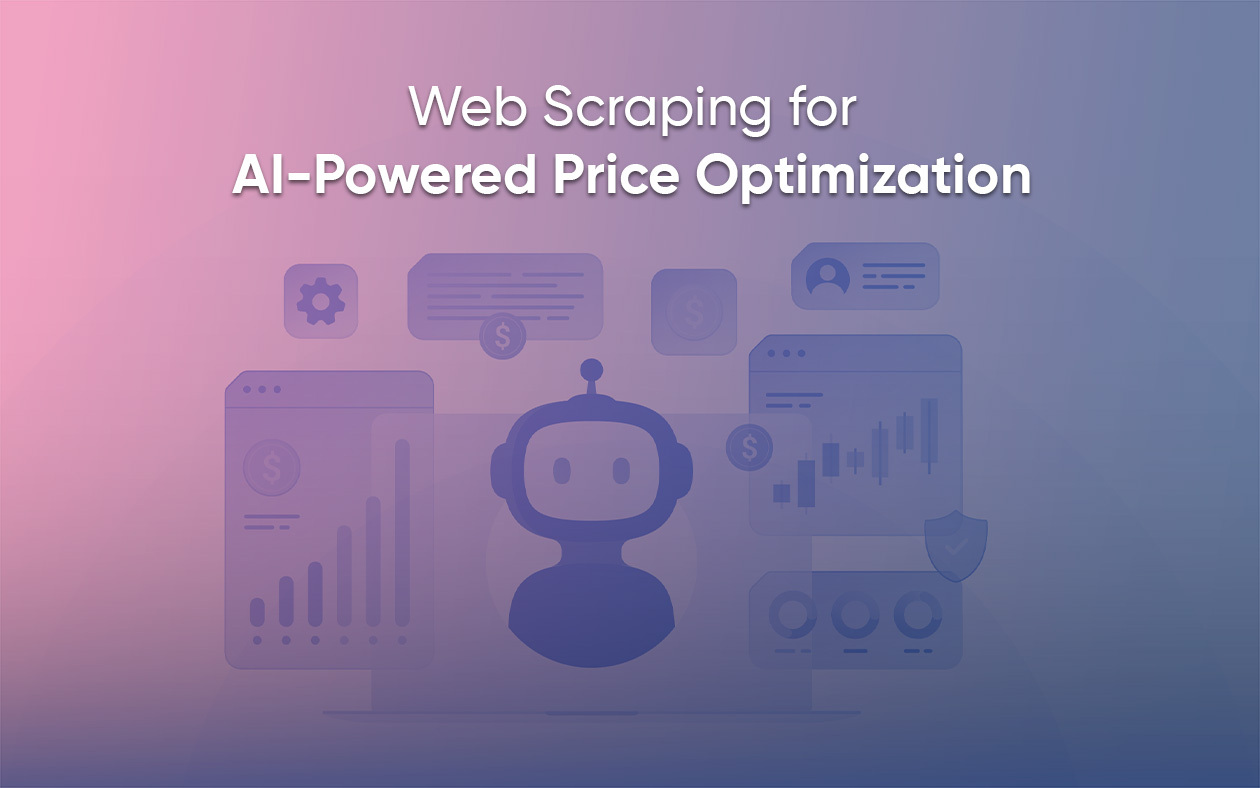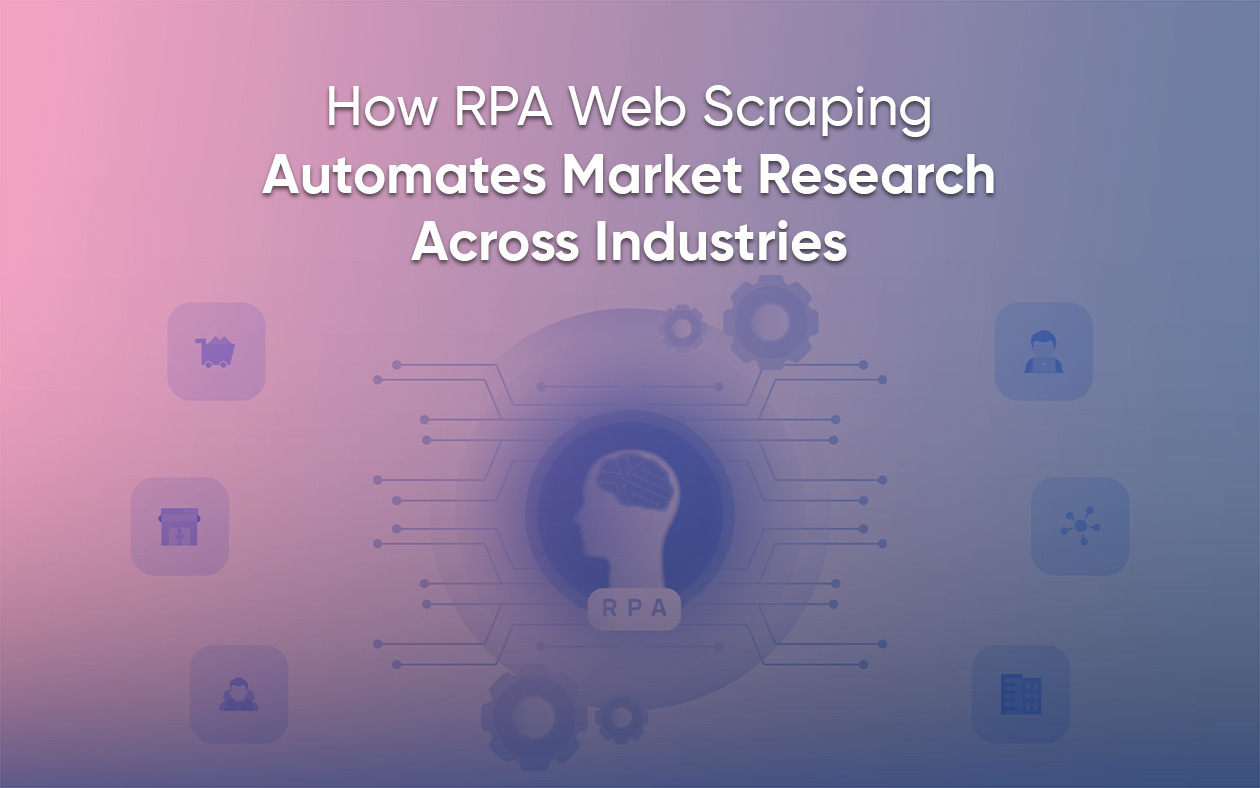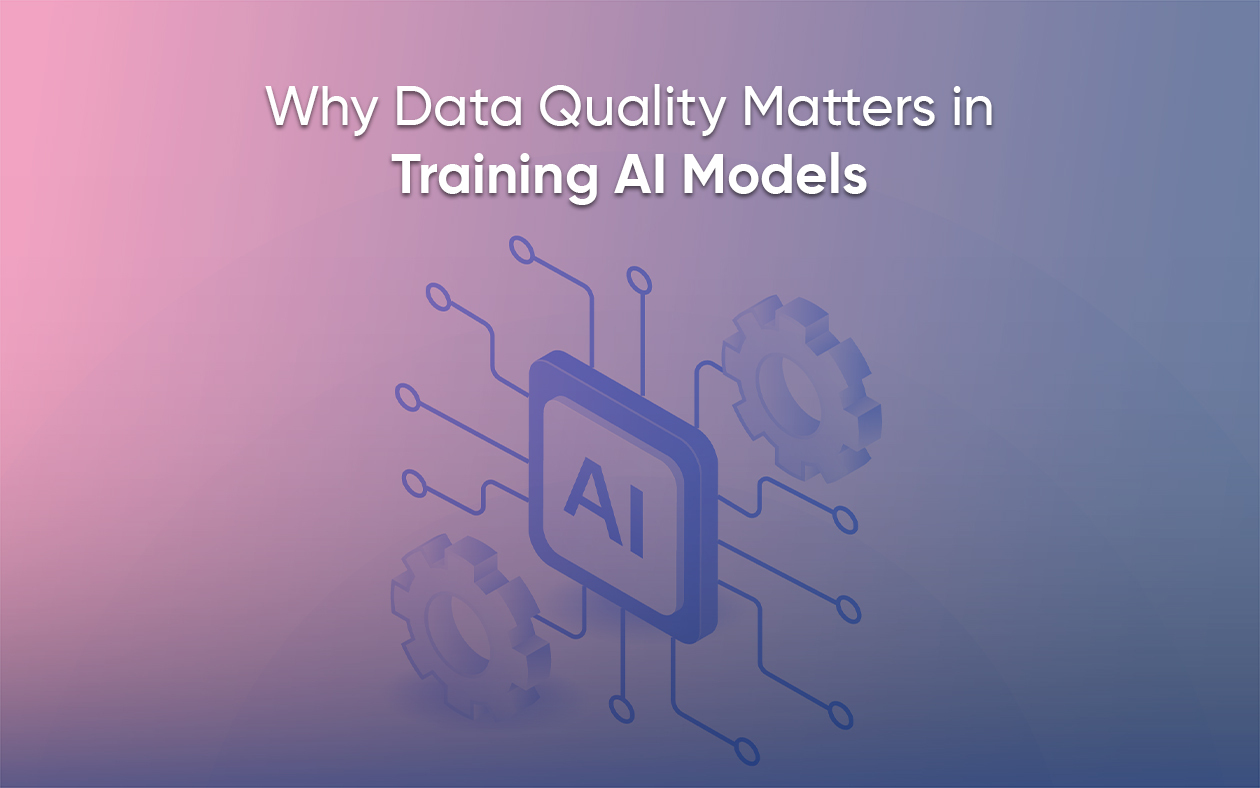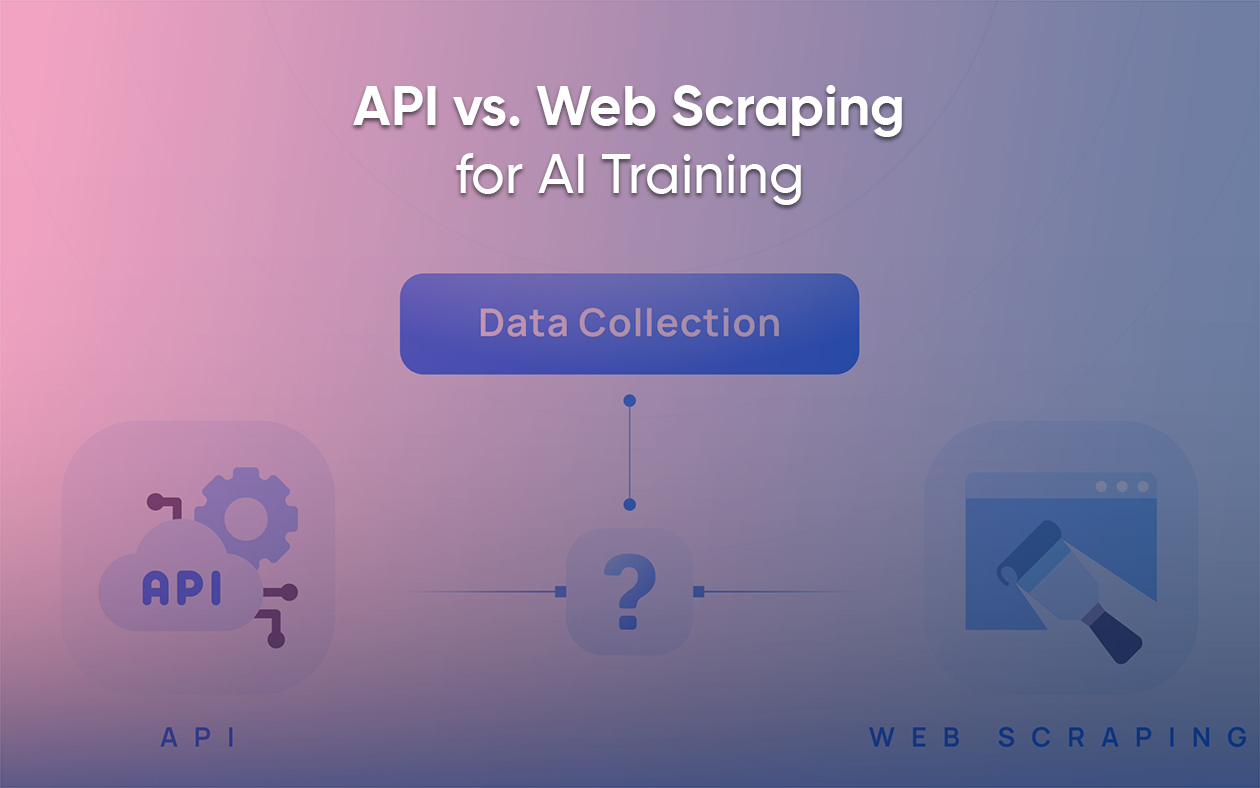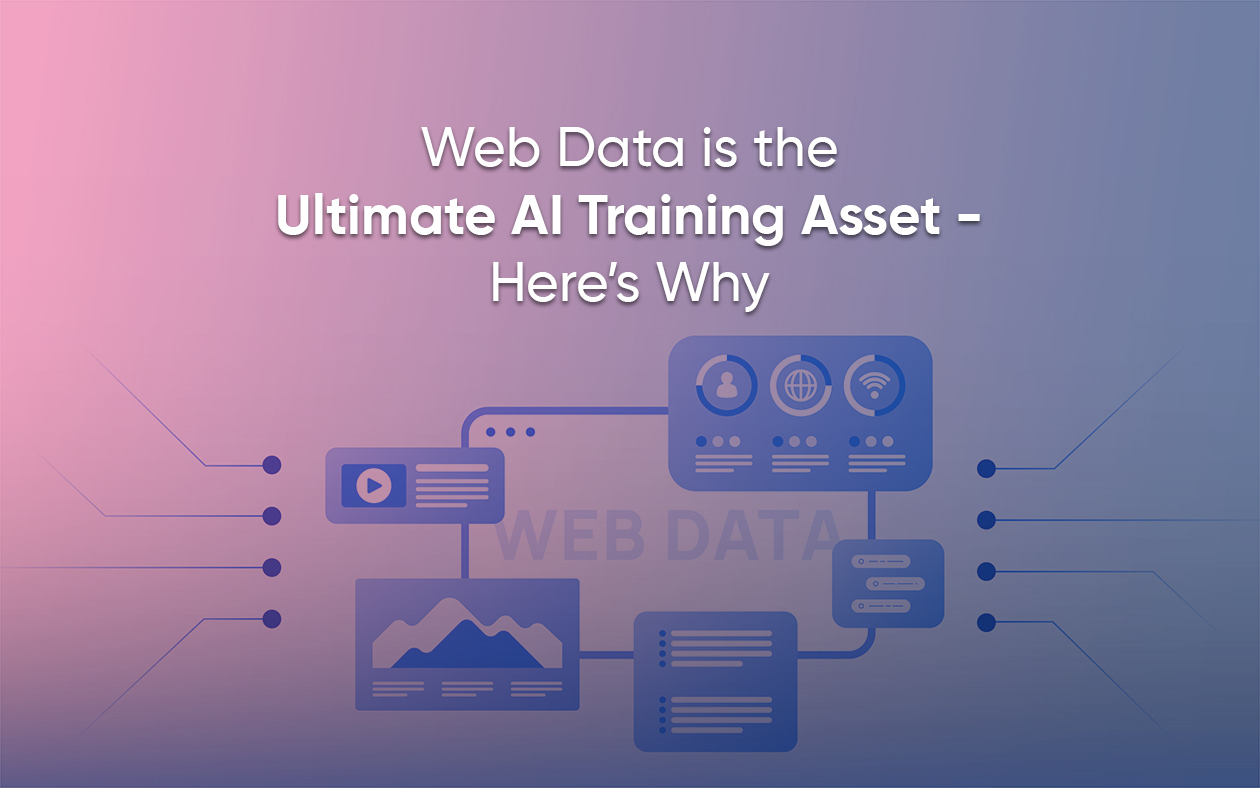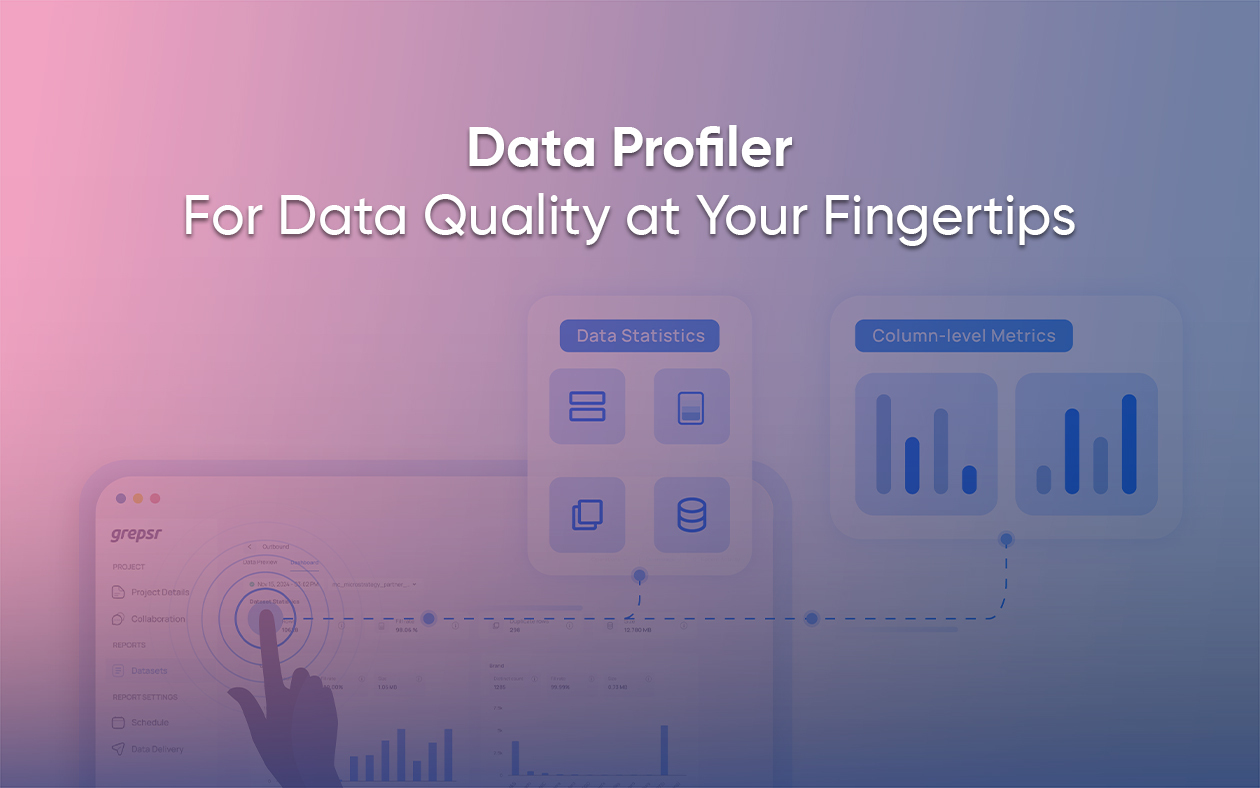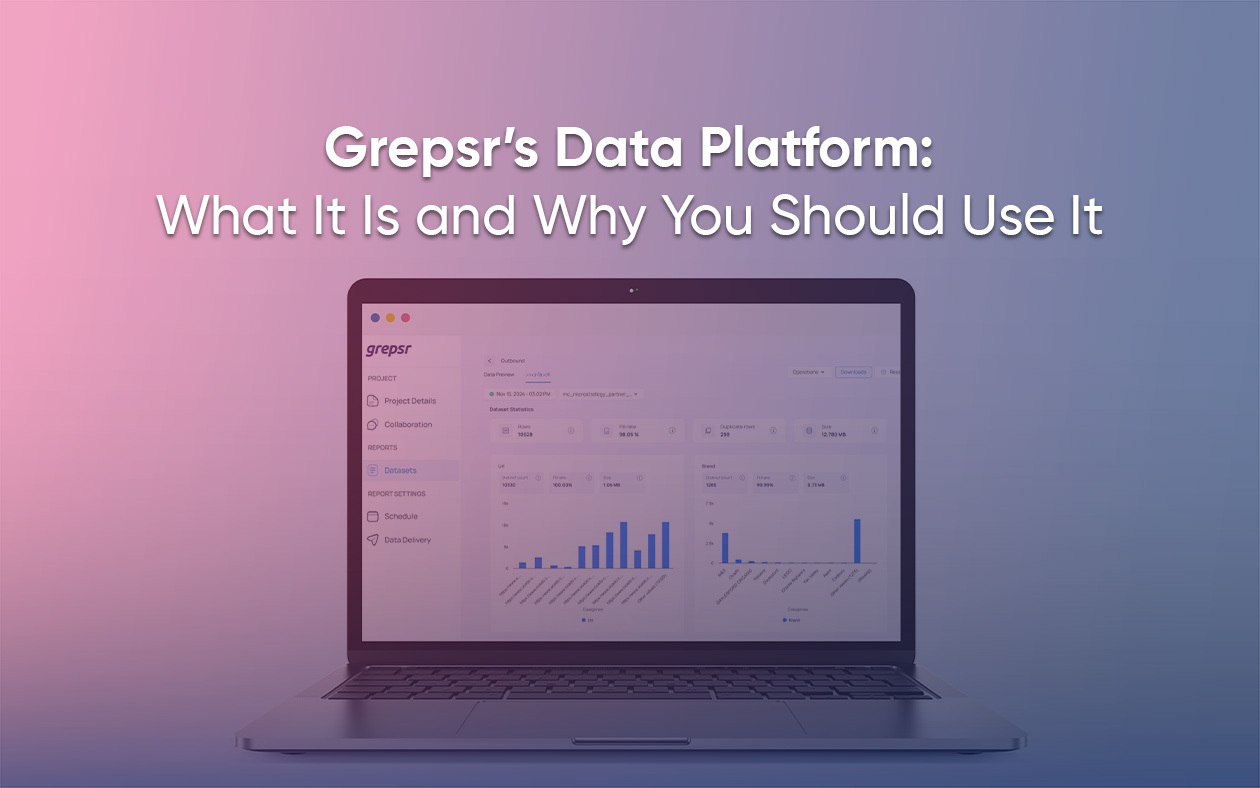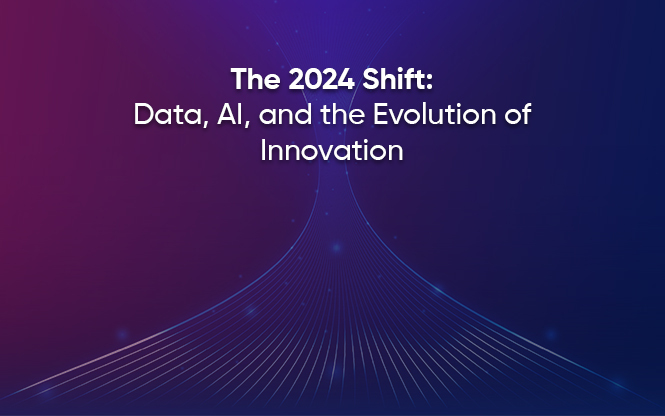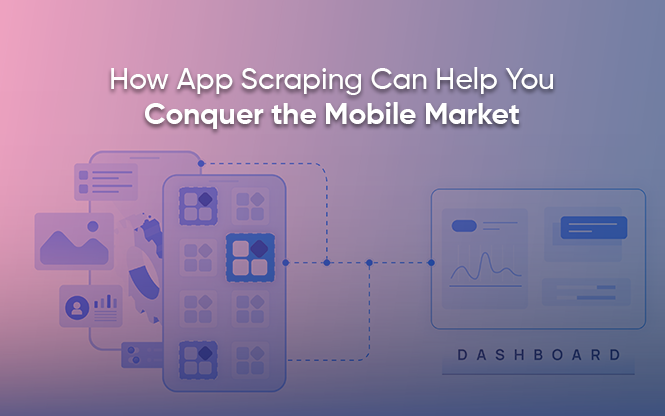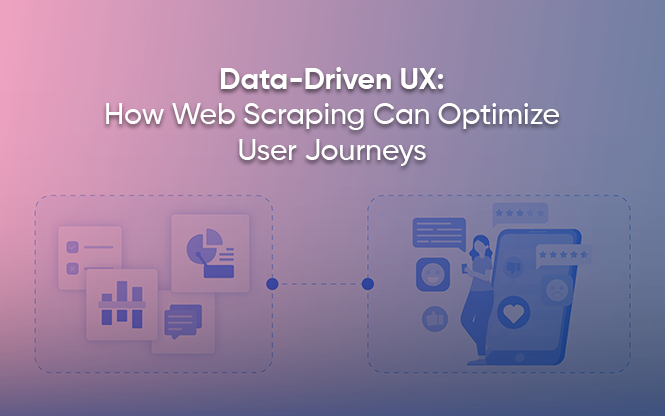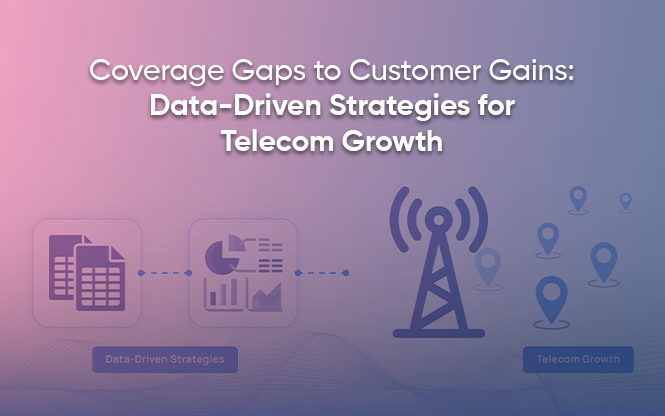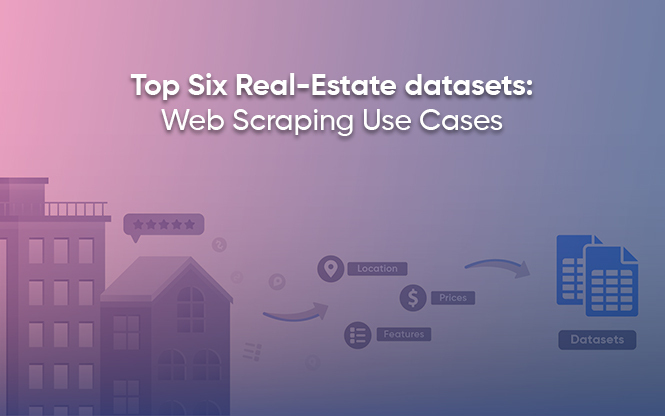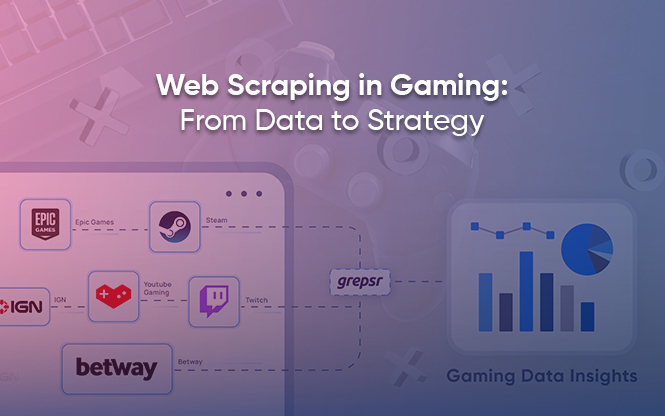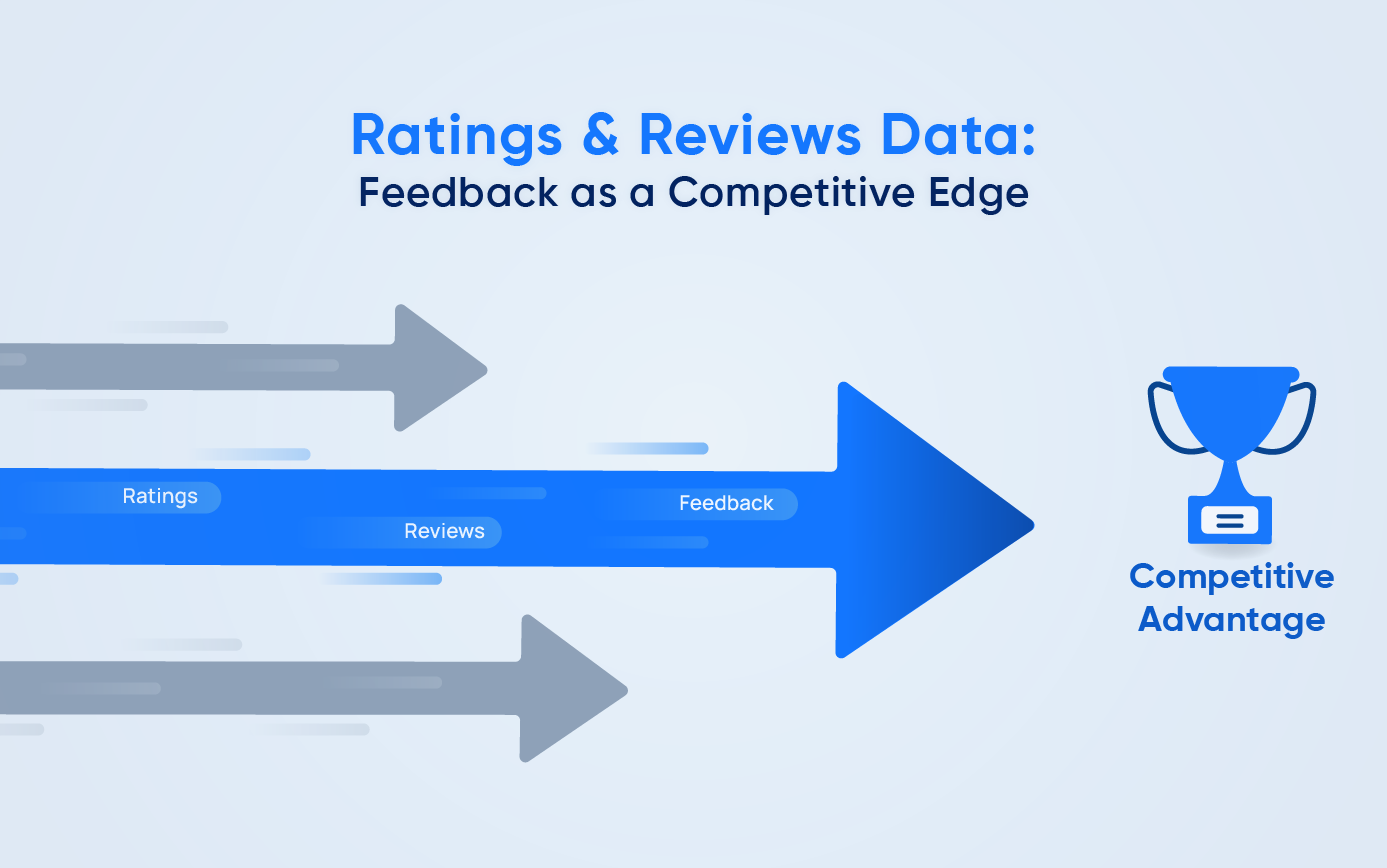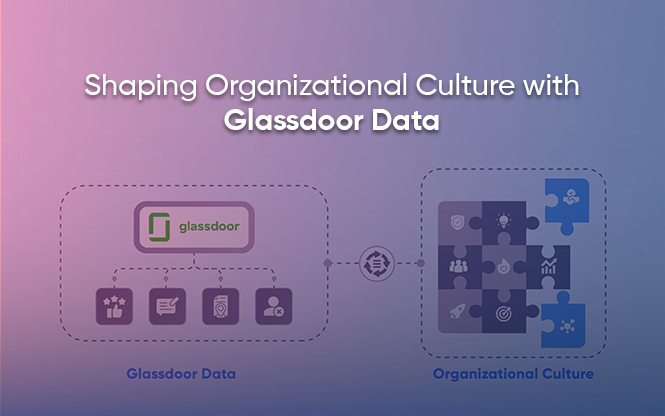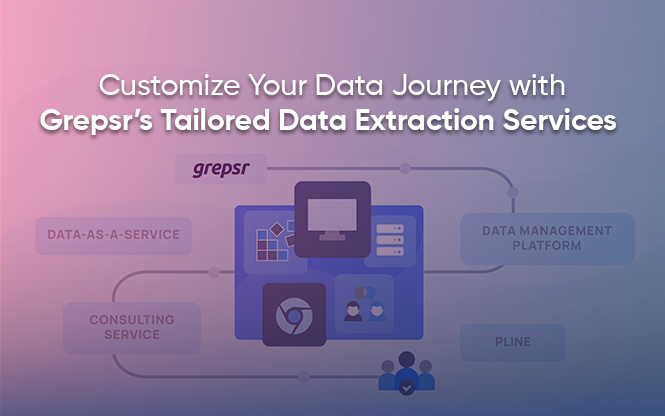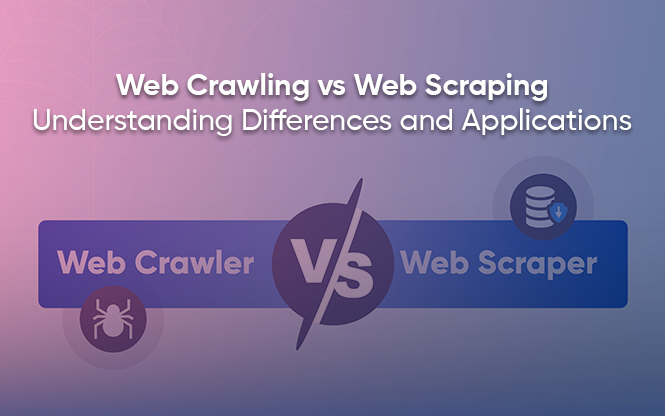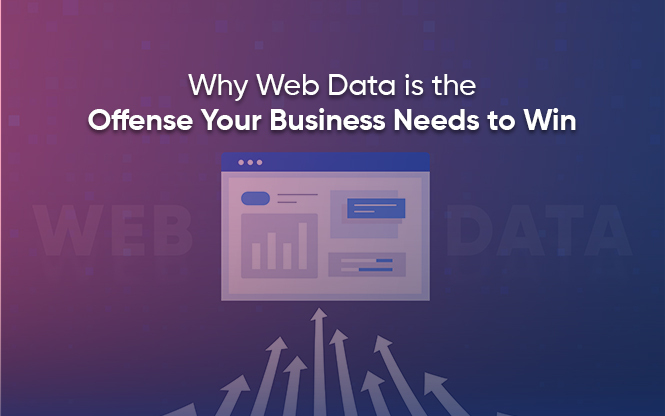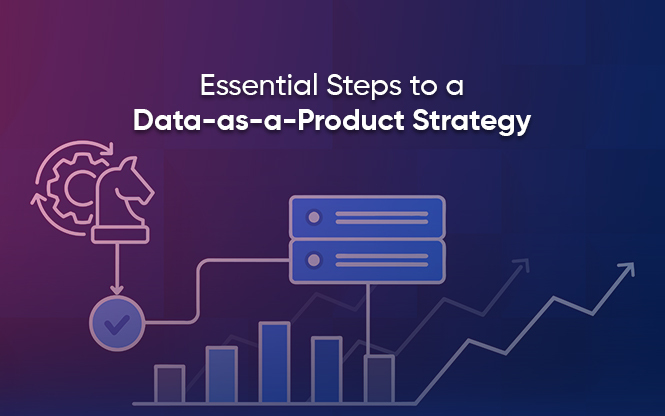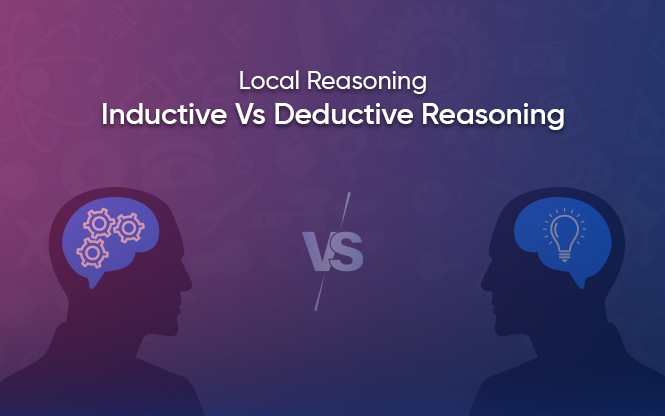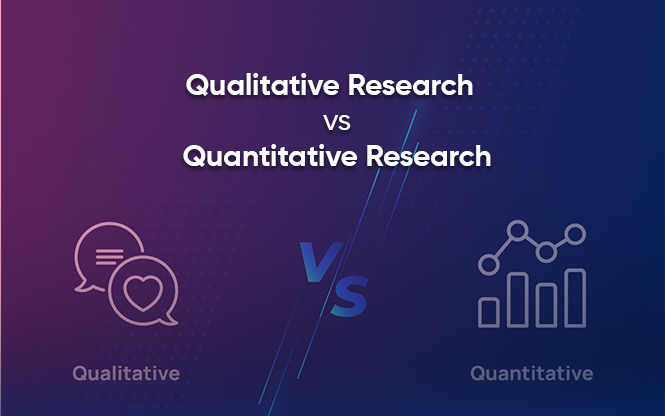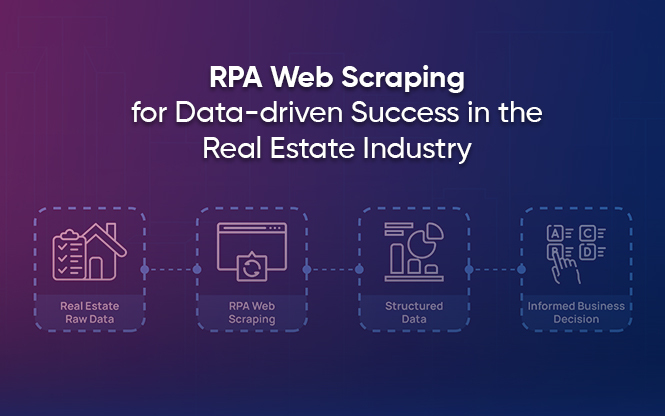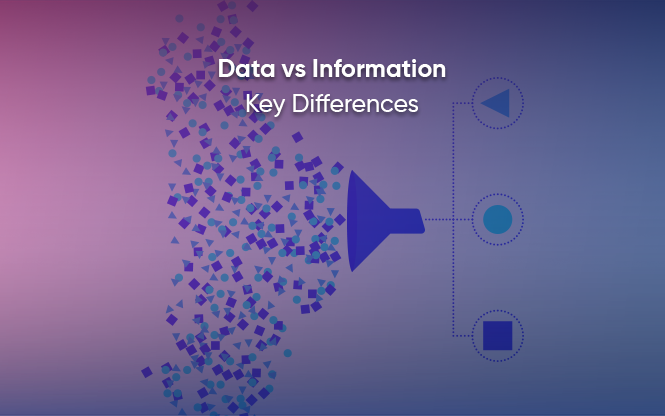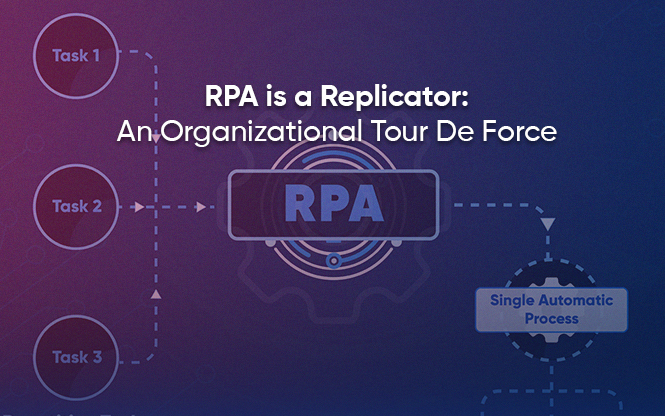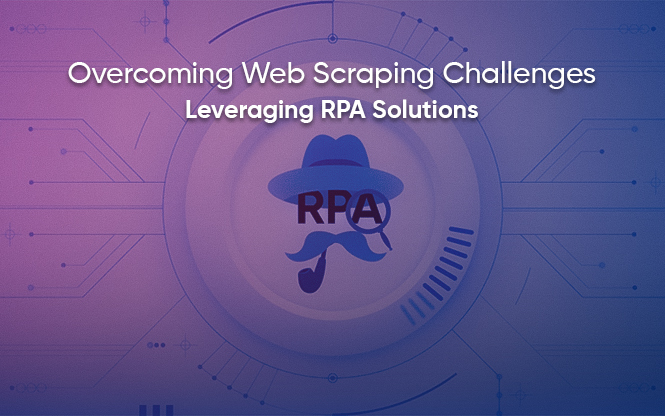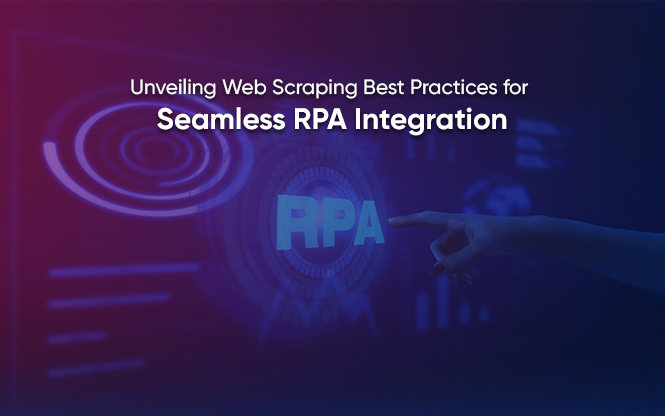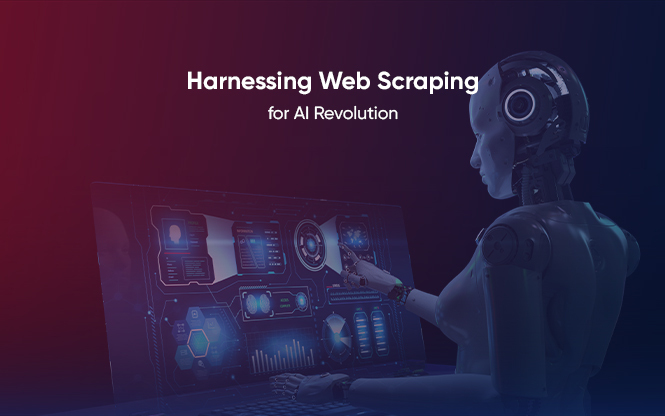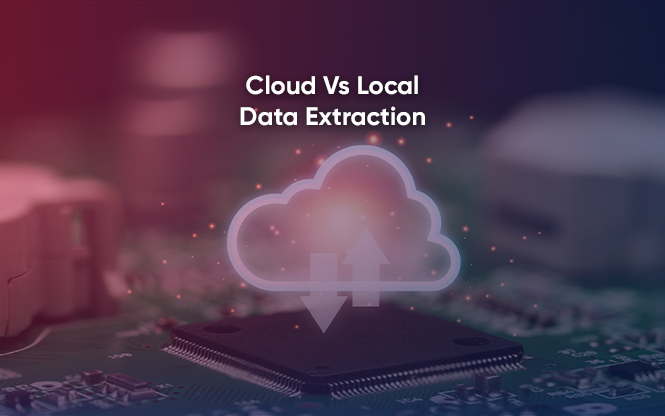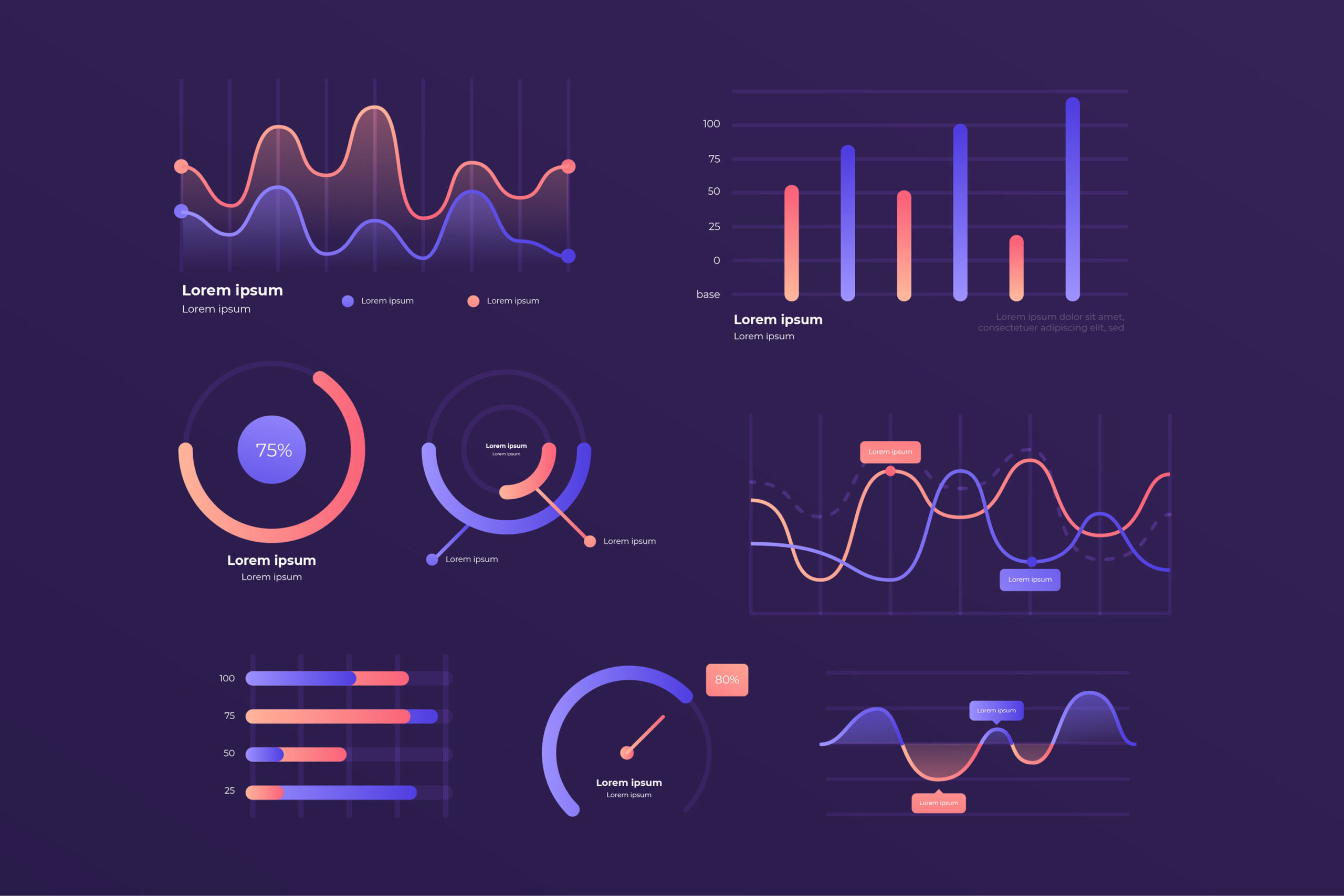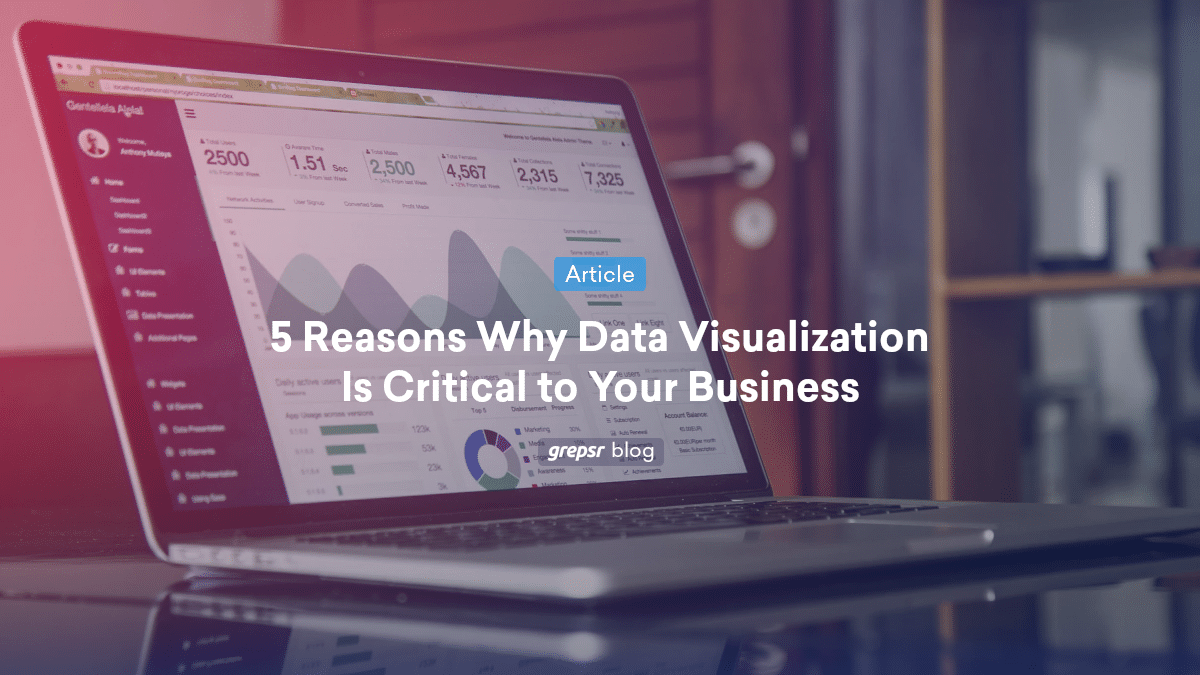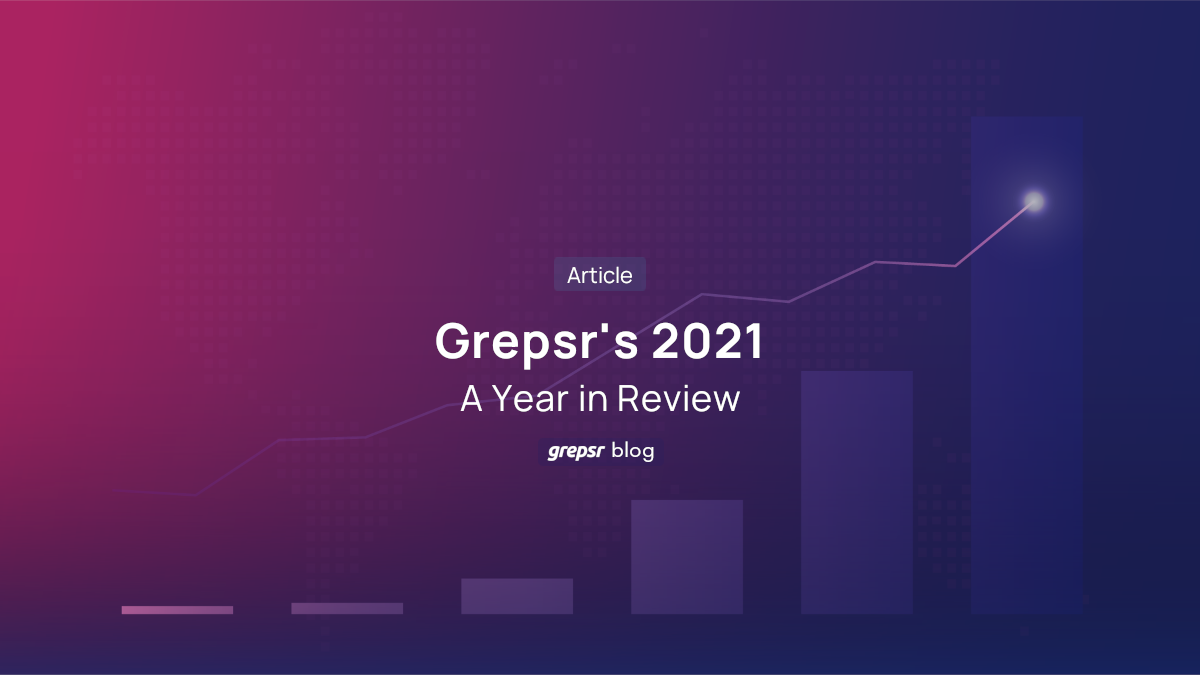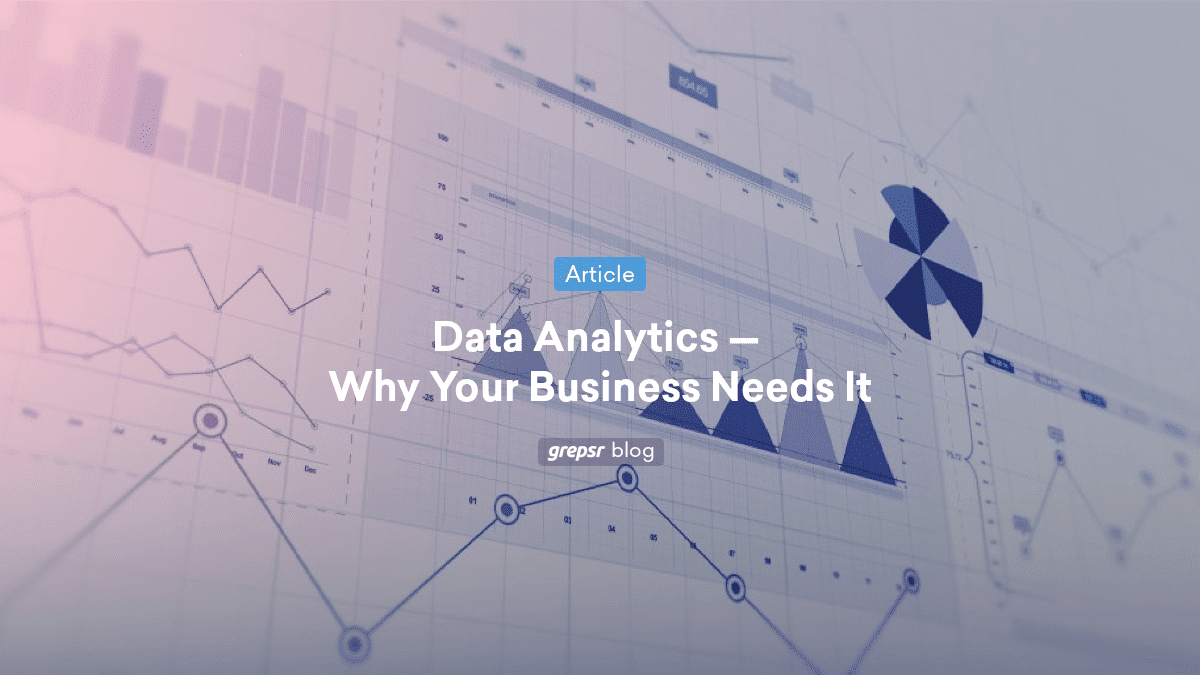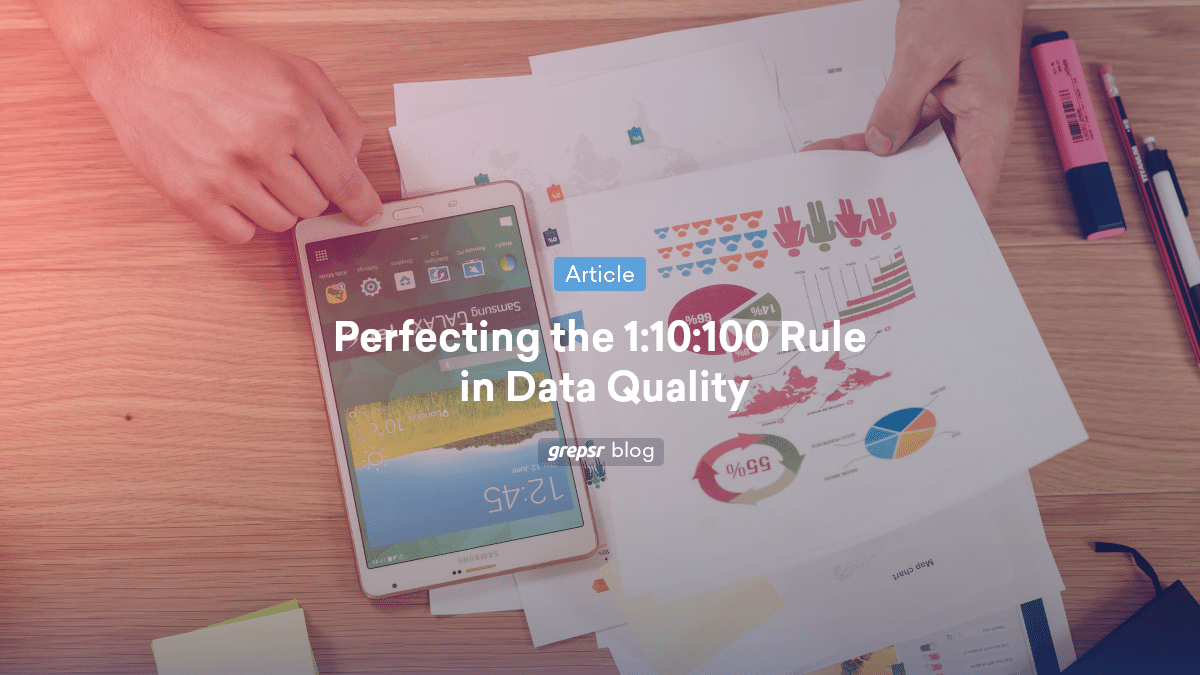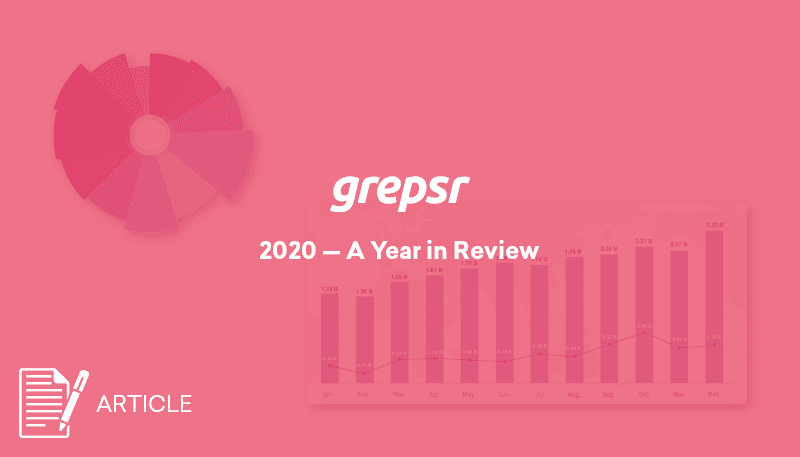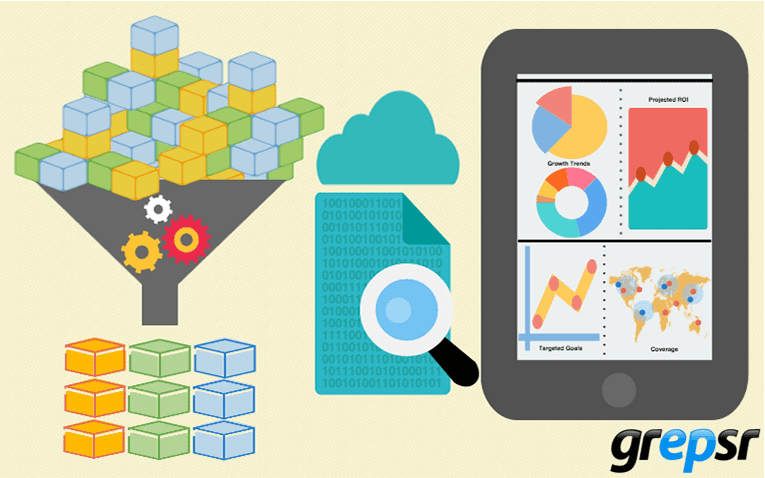In a dynamic business environment, staying ahead of the competition requires quick access to the latest data. Real-time web data feeds provide a continuous stream of fresh insights, empowering business analysts, data engineers, and operations managers to make informed decisions at speed.
Instead of waiting for end-of-day reports, your teams see what is happening right now and respond with confidence. The result is a tighter feedback loop between the market and your decisions.
But how does live data scraping work, and why is it crucial for modern enterprises? Let’s explore these concepts further.
Understanding Live Data Scraping
Live data scraping is akin to having a digital finger on the pulse of the internet. It involves continuously extracting fresh data from various web sources, ensuring that your database is always up to date.
This could be product prices, stock levels, customer reviews, job postings, or shipping statuses. Business analysts thrive on this real-time information, transforming it into actionable insights that guide strategic and daily decisions.
When you shorten the time from data to action, even minor improvements in pricing, inventory, or service response times can compound into meaningful gains.
Benefits of Live Data Scraping:
- Timeliness: Access to fresh, real-time data allows businesses to respond to market changes swiftly. You can react to competitor price changes, flag stockouts, or detect a sudden spike in demand the moment it happens.
- Precision: Updated information enhances the accuracy of forecasts and trend analysis. Your models drift less, and your dashboards reflect the truth on the ground.
- Adaptability: Businesses can pivot their strategies in response to the latest industry developments. When a pattern shifts, your playbook shifts with it.
Grepsr’s live data scraping services provide reliability at scale, featuring source monitoring, quality checks, and delivery in your preferred format, data lands where your teams already work, reducing friction and speeding up adoption.
Explore Grepsr’s services for a tailored scraping solution that meets your needs.
Implementing a Streaming Data Pipeline
A streaming data pipeline is the backbone of any real-time analytics operation. This technology enables the smooth flow of data from various sources into your analytics platform, ensuring that information is processed and available without delay. Think of it as a conveyor belt that never stops.
New events arrive, get cleaned, and are handed off to the systems that need them.
Key Components of a Streaming Data Pipeline:
- Data Collection: Constantly gather data from diverse sources. For web data, this means well-behaved crawlers, API connectors, and feed listeners—set frequency based on business value. Critical signals may update continuously, while others can refresh every few minutes.
- Data Processing: Process and clean data in motion. Apply schema validation, deduplicate records, normalize fields, and enrich with lookups. Catch errors early so bad data never reaches your warehouse or dashboards.
- Data Storage: Store data efficiently for immediate access. Utilize fast stores for real-time views and cost-effective warehouses or data lakes for historical data and analysis. Keep lineage metadata so you always know the origin of a record and when it was last updated.
- Data Analysis: Enable real-time analytics and visualization for enhanced insights. Dashboards, alerts, and models consume the stream to power decisions in pricing, routing, risk, and service.
For data engineers, the payoff is stability and clarity. A well-structured pipeline reduces ad hoc fixes, maintains consistent schemas, and simplifies downstream consumption.
Grepsr provides specialized solutions to streamline this process, with controls for scale, performance, and reliability.
Leveraging Real-Time Analytics
Real-time analytics enables businesses to analyze data as it arrives, providing instant insights and facilitating proactive decision-making. Instead of looking in the rear-view mirror, your teams work with a live map.
Advantages of Real-Time Analytics:
- Immediate Insights: Enables on-the-fly decision-making with up-to-the-minute data. Spot opportunities early and tackle risks before they grow.
- Operational Efficiency: Improves response times and reduces manual checks. Automations trigger when rules are met, which frees people to focus on higher-value work.
- Competitive Advantage: Keeps businesses ahead by tracking and responding to emerging trends promptly. Early action often beats bigger budgets.
Operations managers see the difference quickly. Smoother staffing, fewer stockouts, better ETAs, and faster customer communication all flow from fresher data. Small wins accumulate throughout the week and the quarter.
Continuous Data Extraction for Persistent Growth
Continuous data extraction ensures that businesses are never left in the dark. By maintaining a consistent flow of data, companies can anticipate market demands and adjust their strategies accordingly.
This rhythm is what turns data into a habit rather than a project. Your systems learn from the world as it changes, not after the fact.
Impact of Continuous Data Extraction:
- Enhanced Forecasting: Predict future trends with greater accuracy because your models learn from current signals. Seasonality and promotions show up right away.
- Resource Optimization: Allocate resources efficiently based on demand patterns. Shift budget, inventory, or agent capacity to where it is needed most.
- Customer Insight: Gain deeper understanding of customer behaviors and preferences. Personalize messaging, identify friction points, and improve journeys in near real time.
For businesses seeking sustained growth, a robust continuous data extraction strategy is essential. Grepsr’s technology champions this effort with dependable collection, monitoring, and delivery that match your industry’s pace.
Real-World Applications of Real-Time Web Data Feeds
Numerous industries benefit from real-time web data feeds. Here are a few examples:
- E-commerce: Dynamic pricing based on competitor moves and demand spikes. Real-time inventory checks to prevent overselling. Review monitoring to catch emerging product issues and respond quickly.
- Finance: Real-time market and news signals to inform trading and risk decisions. Faster detection of anomalies and a clearer view of sentiment around assets or sectors.
- Supply Chain: Live shipment tracking to predict delays and reroute proactively. Lane performance insights help you maintain SLAs and improve partner accountability.
By integrating Grepsr’s solutions, companies across these sectors enjoy a tangible boost in speed and accuracy. Teams move from reactive to proactive because the data arrives when it matters most.
The Future of Data-Driven Decision-Making
As businesses become increasingly data-driven, the demand for real-time web data feeds is expected to continue rising. Ensuring that your business systems can handle live data scraping and analytics is no longer optional.
It is central to the operation of modern companies. Real-time data reduces uncertainty, shortens decision-making cycles, and keeps teams aligned on what is happening in the present.
Whether you are a business analyst seeking up-to-date market trends, a data engineer building robust pipelines, or an operations manager optimizing processes, embracing real-time data is crucial to sustainable growth. The path forward is practical. Start with one high-value use case, define clear rules of engagement, measure impact, and expand with confidence.
By adopting real-time data solutions from Grepsr, your business is not just keeping pace with the competition. It is setting the pace. Our services encompass collection, quality assurance, and delivery to the tools you already use, resulting in faster time to value and reduced operational burden on your team.
FAQs – Real-Time Web Data Feeds
1. What is a real-time web data feed?
It is a continuous stream of updates from the web that keeps your systems synchronized with the latest information. Data points arrive as events, so your dashboards, alerts, and models reflect the current reality.
2. How does live data scraping differ from traditional web scraping?
Live scraping runs continuously and updates records as soon as changes occur. Traditional scraping is scheduled and delivers data in batches. Live approaches reduce latency, enabling more timely decision-making.
3. Can small businesses benefit from a streaming data pipeline?
Absolutely. Start with a single use case that has a clear impact, such as price monitoring or inventory alerts. Utilize managed infrastructure to minimize overhead and scale efficiently as your needs evolve.
4. How does real-time analytics improve customer service?
Teams see issues in the moment and act sooner. This could mean faster responses to negative reviews, timely delivery updates, or personalized offers that align with current behavior. The customer notices the speed and care.
5. What industries can leverage continuous data extraction?
Finance, e-commerce, supply chain, travel, and many more. Any environment where timing affects outcomes can benefit from fresher, more frequent updates.
6. Why should I choose Grepsr for data solutions?
Grepsr provides a tailored, scalable collection with built-in quality checks, source monitoring, and flexible delivery. You get dependable feeds without a heavy engineering lift.
7. How can I start integrating Grepsr’s solutions into my business?
Visit Grepsr’s website to explore services and request a consultation. Share your data goals, preferred destinations, and travel frequency. We will recommend a setup that fits your stack and timelines. Elevate your business’s data strategy with Grepsr’s leading solutions and transform your real-time data challenges into opportunities for growth.






